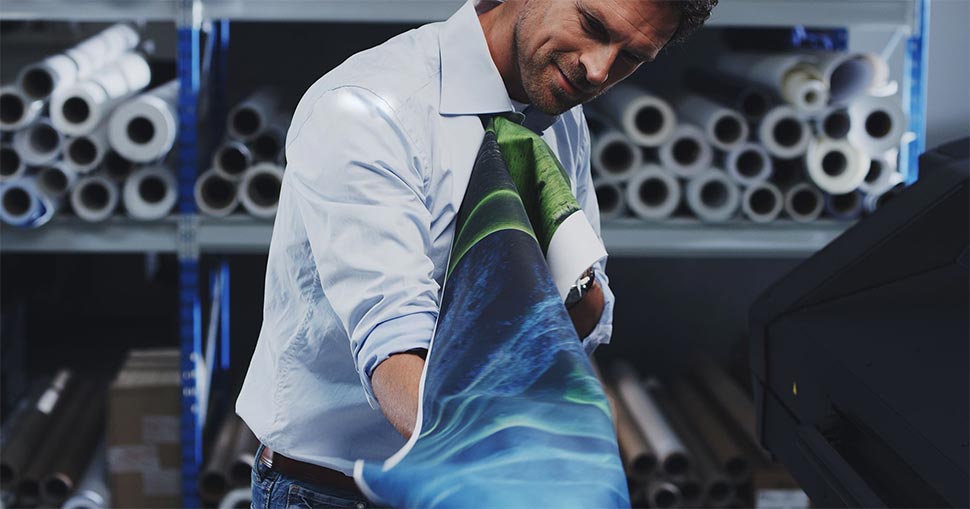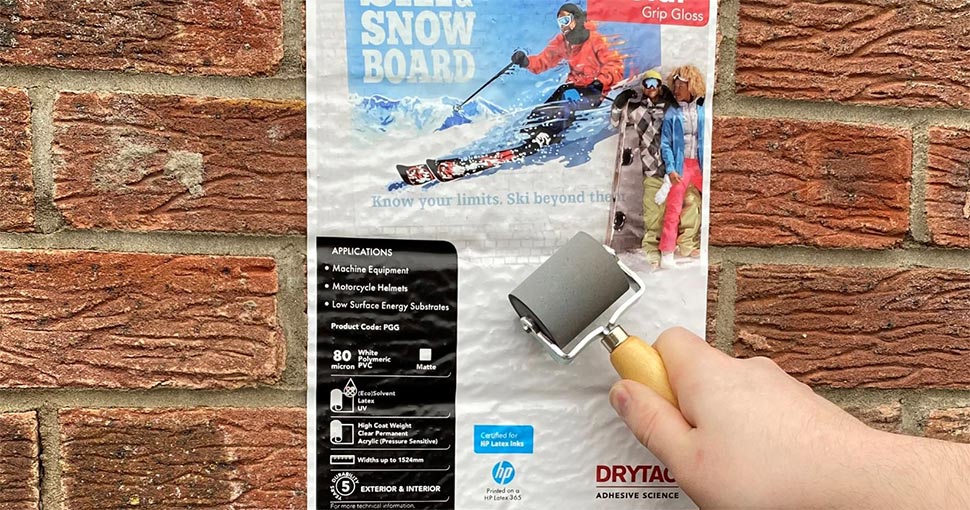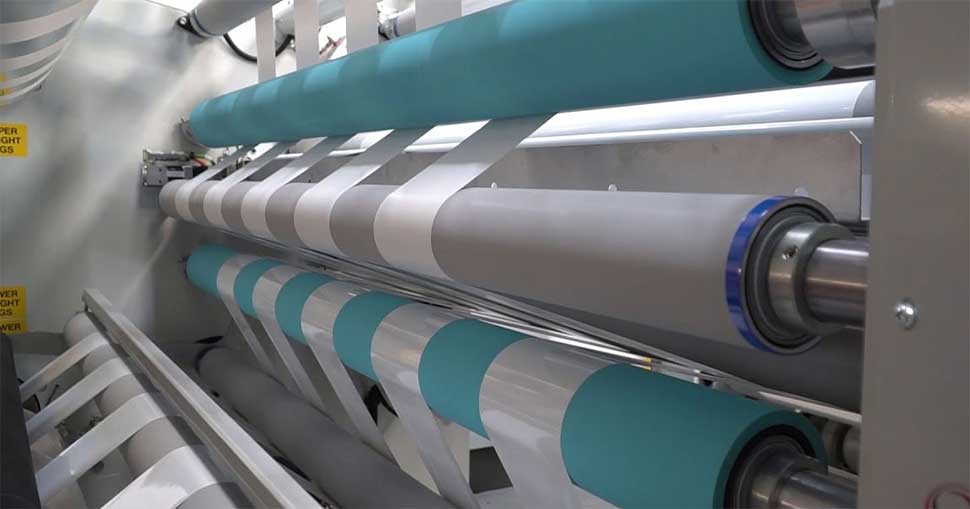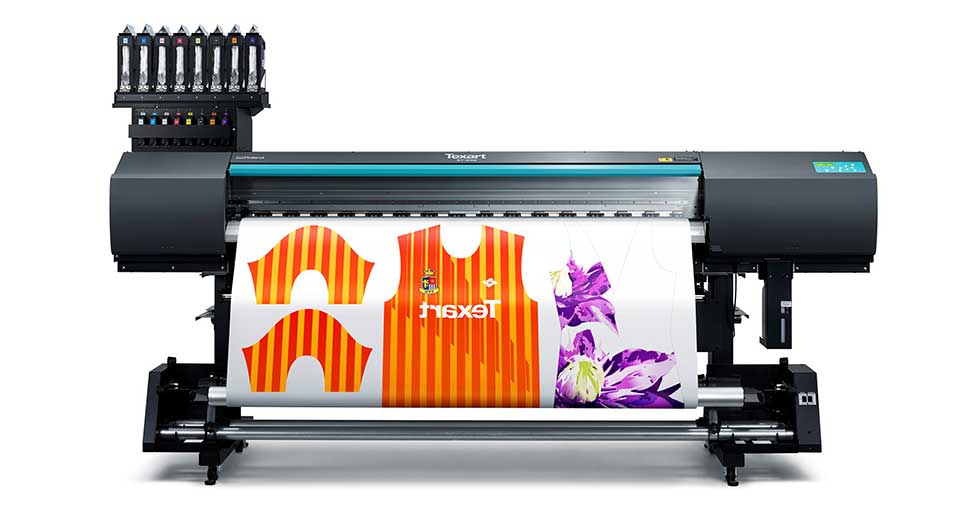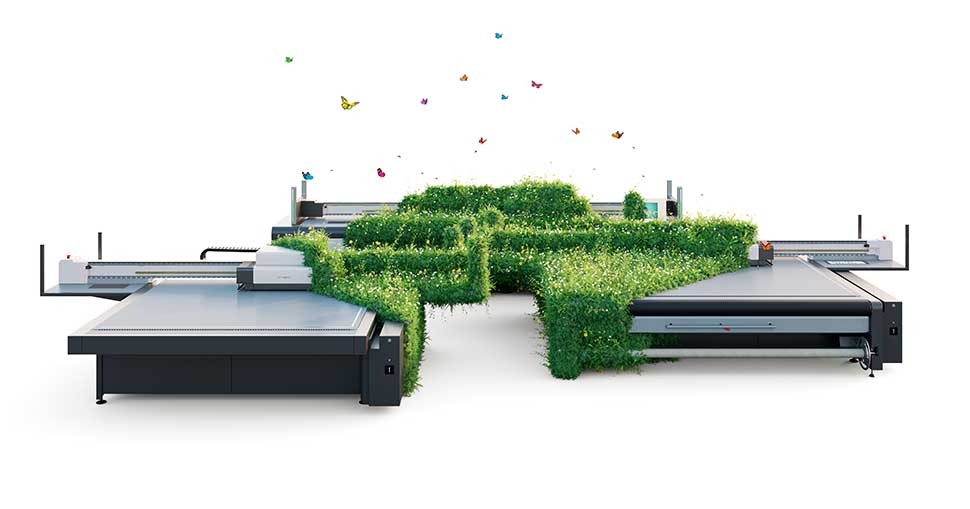Greta Thunberg famously called out the fashion industry for greenwashing and, looking closer to home, you’ll find the print industry is far from innocent. But what exactly is greenwashing and how do you avoid doing business with those that use it as a marketing tool?
Marc Burnett at Large Format Review takes a closer look:





